Understanding Blow Moulded Plastic Parts
1. What Are Blow Moulded Plastic Parts?
Blow moulded plastic parts are hollow plastic items created through a specialized manufacturing process known as blow molding (or moulding). This technique involves inflating a heated plastic tube (called a parison) and forcing it against the walls of a mold, typically resulting in lightweight yet rigid products. This method is widely used to produce items ranging from everyday containers, like beverage bottles, to complex components used in various industries. The efficiency and versatility of this process make it a staple in modern manufacturing.
2. Key Materials Used in Blow Moulding
The materials commonly used in blow moulding include:
- Polyethylene (PE): Available in several densities, PE is known for its cost-effectiveness and excellent impact resistance.
- Polypropylene (PP): Often used for containers and automotive parts, it displays greater flexibility and heat resistance.
- Polyethylene Terephthalate (PET): Popular for beverage bottles due to its excellent clarity and barrier properties, ensuring product freshness.
- Polyvinyl Chloride (PVC): Used primarily for its rigid properties in non-food containers and technical components.
Each of these materials has distinct characteristics that determine their suitability for various applications in blow moulding.
3. Benefits of Blow Moulded Parts for Industries
The advantages of employing blow moulded plastic parts in industry are numerous:
- Cost Efficiency: The production process of blow molding is relatively inexpensive when scaled, making it an attractive option for mass production.
- Design Flexibility: Designers can create intricate shapes and sizes, tailoring products to meet specific consumer needs.
- Lightweight: The resulting products are lightweight while maintaining strength and durability, essential for reduction in shipping costs and energy use.
- Low Waste: The blow moulding process generates minimal waste compared to other manufacturing techniques.
The Blow Moulding Process Explained
1. Overview of Blow Moulding Techniques
Blow moulding consists of three primary techniques:
- Extrusion Blow Molding (EBM): In this technique, molten plastic is extruded into a parison, which is then placed in a mold and inflated. This method is ideal for hollow objects and allows for continuous production.
- Injection Blow Molding (IBM): The process begins by injecting molten plastic into a mold to form a preform. This preform is then reheated and blown into its final shape. IBM is often used for high-precision and high-quality applications.
- Injection Stretch Blow Molding (ISBM): Similar to IBM, this method involves stretching the preform before expanding it into the mold. This technique is commonly used for producing PET bottles and containers.
2. The Role of Molds in Production
Molds are crucial to the success of blow moulding. They determine the shape, dimensions, and surface finish of the final product. Molds can be simple or complex, and the choice depends on the intended design of the product. Ensuring high-quality mold fabrication is essential as imperfections can lead to defects in the finished parts, impacting both functionality and aesthetics.
3. Quality Control Measures in Blow Moulding
To maintain high standards, quality control measures in blow moulding include:
- Material Testing: Every batch of plastic material must be tested to ensure it meets the specific requirements for the intended application.
- Mold Inspection: Regular inspections of molds help identify wear and defects before they can affect production.
- Final Product Testing: To validate performance characteristics, finished products undergo tests like pressure testing, drop tests, and visual inspections.
Applications of Blow Moulded Plastic Parts
1. Common Industries Utilizing Blow Moulding
Blow moulded plastic parts are utilized across a variety of industries, including:
- Food and Beverage: One of the largest sectors using blow moulding, producing bottles, containers, and packaging.
- Automotive: For manufacturing lightweight components such as air ducts and reservoir tanks.
- Consumer Goods: Everyday items like toys, containers, and medical devices are often created using blow moulding.
- Industrial Applications: Blow moulding is frequently used for the production of specific tools and industrial containers.
2. Innovative Product Examples
Innovation in blow moulding has led to a plethora of unique products. Examples include:
- Custom Bottles: Major beverage brands utilize blow moulding for speed and customization in bottle design.
- Specialized Tanks: In the automotive industry, specialized blow-moulded tanks are used to store fluids efficiently while minimizing weight.
- Hollow Sculpture: Artists and designers are increasingly using blow moulding techniques to create lightweight sculptures and installations.
3. Future Trends in Blow Moulding Applications
The future of blow moulding looks promising with advancements in technology and materials. Trends include:
- Biodegradable Plastics: As sustainability becomes more critical, the use of biodegradable materials in blow moulding processes is expected to rise.
- Smart Manufacturing: The integration of IoT technology in blow moulding machines to monitor processes and optimize production lines is gaining traction.
- 3D Printing Techniques: 3D printed molds and parts are beginning to influence blow moulding processes, enhancing customization capabilities.
Choosing the Right Manufacturer for Blow Moulded Parts
1. Factors to Consider When Selecting a Supplier
When looking for a supplier for blow moulded plastic parts, it’s crucial to consider the following factors:
- Experience and Reputation: Verify the manufacturer’s track record and experience in the industry.
- Capacities and Capabilities: Ensure that the supplier has the necessary equipment and expertise to meet your production demands.
- Quality Certifications: Look for manufacturers that maintain industry standards such as ISO certifications.
2. Evaluating Manufacturer Capabilities
A comprehensive assessment of the manufacturer’s capabilities includes:
- Technology and Equipment: Inquire about the types of machinery used and their up-to-date technology.
- Design Support: Evaluate whether the manufacturer provides assistance in product design and prototyping.
- Production Capacity: Confirm that the supplier can handle your projected order quantities without compromising on quality.
3. Cost Considerations and Value Analysis
Cost is always a crucial component in selecting a manufacturer. It’s important to:
- Compare Quotes: Get quotes from multiple manufacturers to understand the price range that fits your budget.
- Assess Total Cost of Ownership: Consider not just the per-unit cost, but also factors such as shipping, lead times, and product lifespan when evaluating value.
Challenges and Best Practices in Blow Moulding
1. Common Challenges in Manufacturing
Despite its advantages, manufacturers face challenges in blow moulding, including:
- Material Behavior: Variability in how materials respond to heat and pressure can lead to inconsistencies in product quality.
- Cost of Molds: The high initial investment for high-quality molds can be a barrier for smaller companies.
- Environmental Regulations: Compliance with evolving environmental regulations around plastic usage and recycling can be a challenge.
2. Best Practices for Efficient Production
To mitigate these challenges, best practices include:
- Regular Maintenance: Ensuring consistent production quality by maintaining equipment and molds is critical.
- Continuous Training: Providing ongoing training for staff to keep them updated on industry practices and technology.
- Process Optimization: Implementing lean manufacturing principles to enhance efficiency and reduce waste.
3. Innovations in Blow Moulding Technology
Numerous innovations are shaping the future of blow moulding technology:
- Advanced Automation: The adoption of automated processes to increase efficiency and reduce labor costs is on the rise.
- Improved Material Formulations: Developments in polymer technology enhance the properties of materials used in blow moulding.
- Sustainability Practices: Innovations aimed at recycling plastics and using renewable resources are becoming more common, aligning with global sustainability goals.
In conclusion, blow moulded plastic parts play a significant role in modern manufacturing, thanks to their versatility, cost efficiency, and wide range of applications. Understanding the processes, materials, and best practices in blow moulding is essential for any business looking to leverage this manufacturing technique effectively. For detailed insights and expert guidance in the production of blow moulded plastic parts, industry professionals must stay informed about advancements and emerging trends in the field.
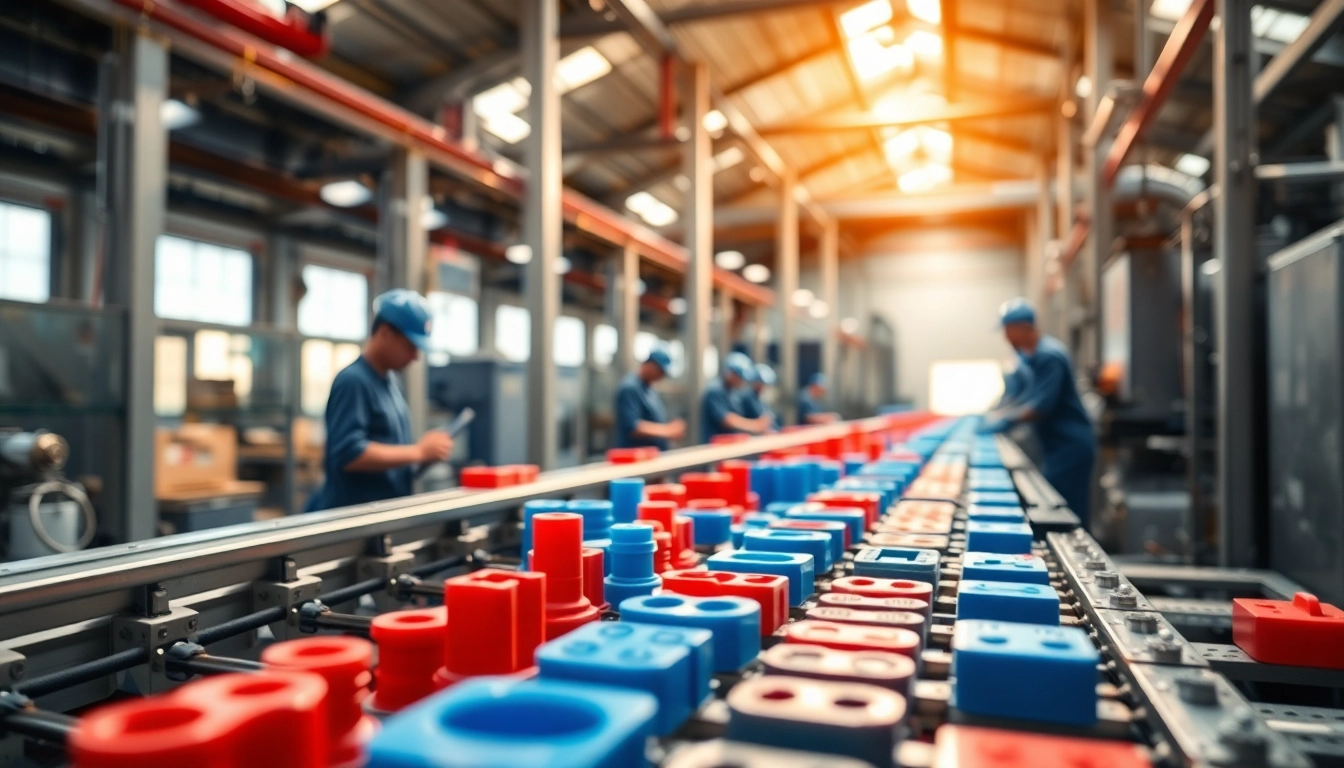
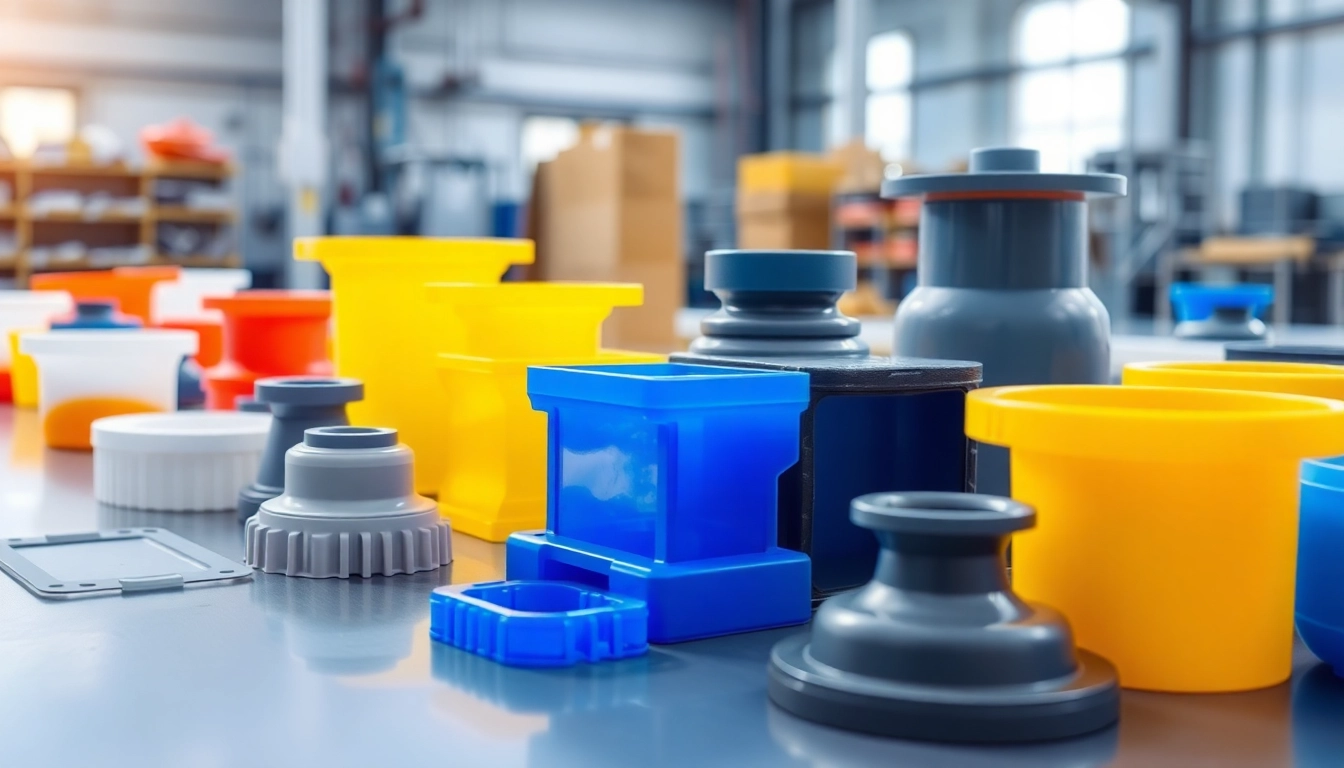
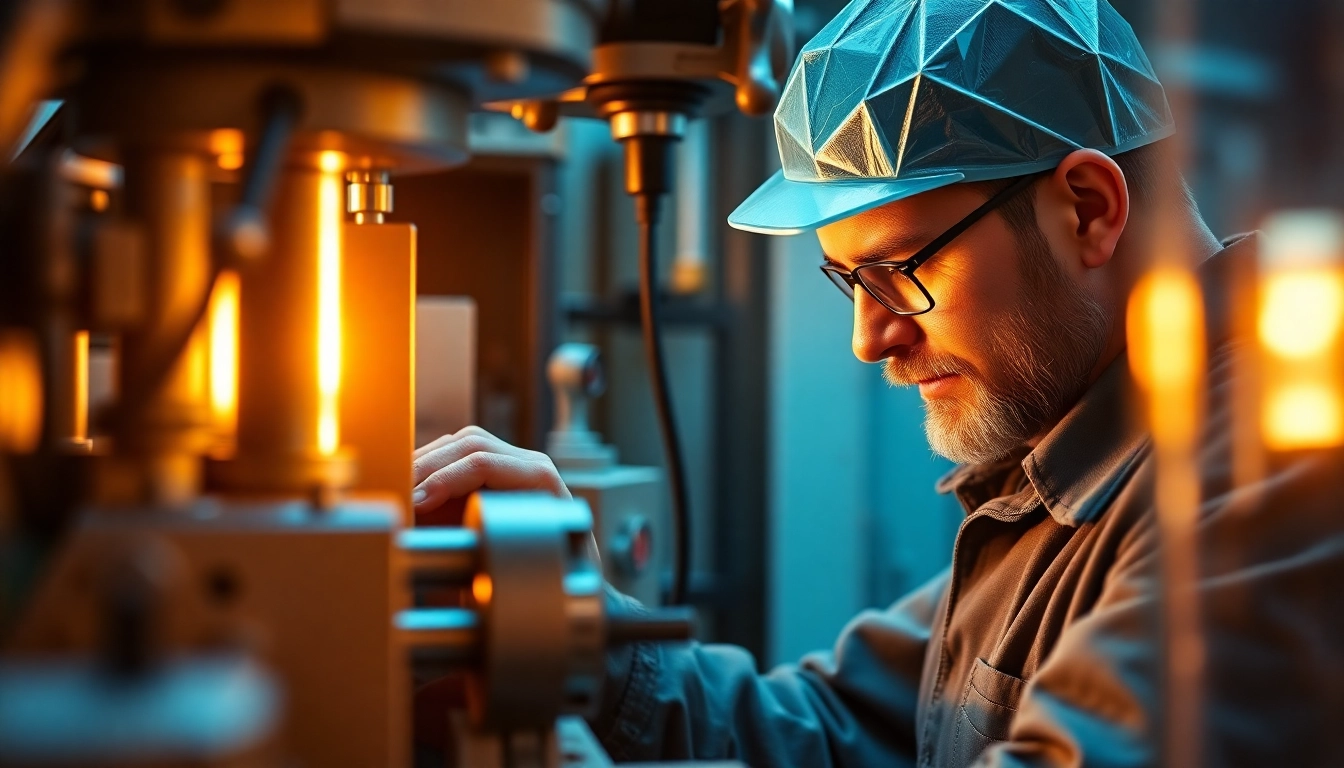
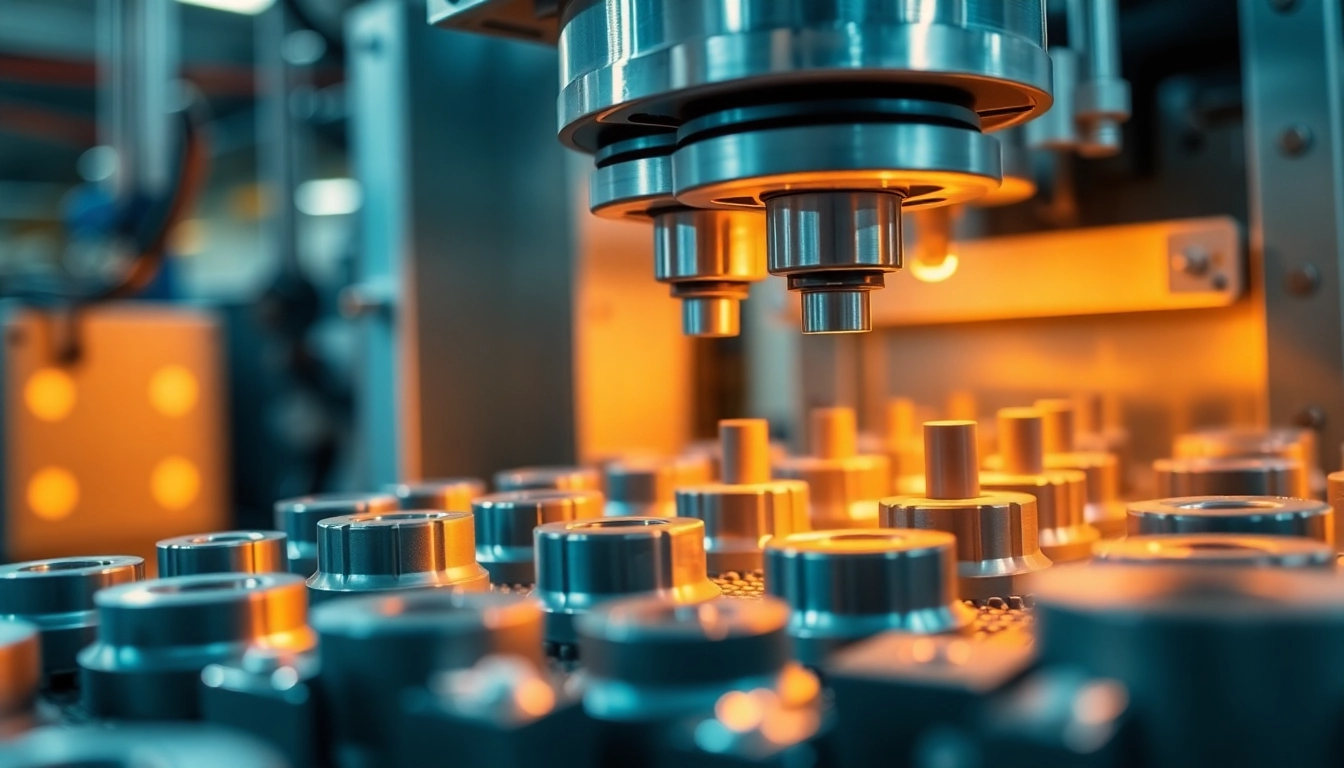
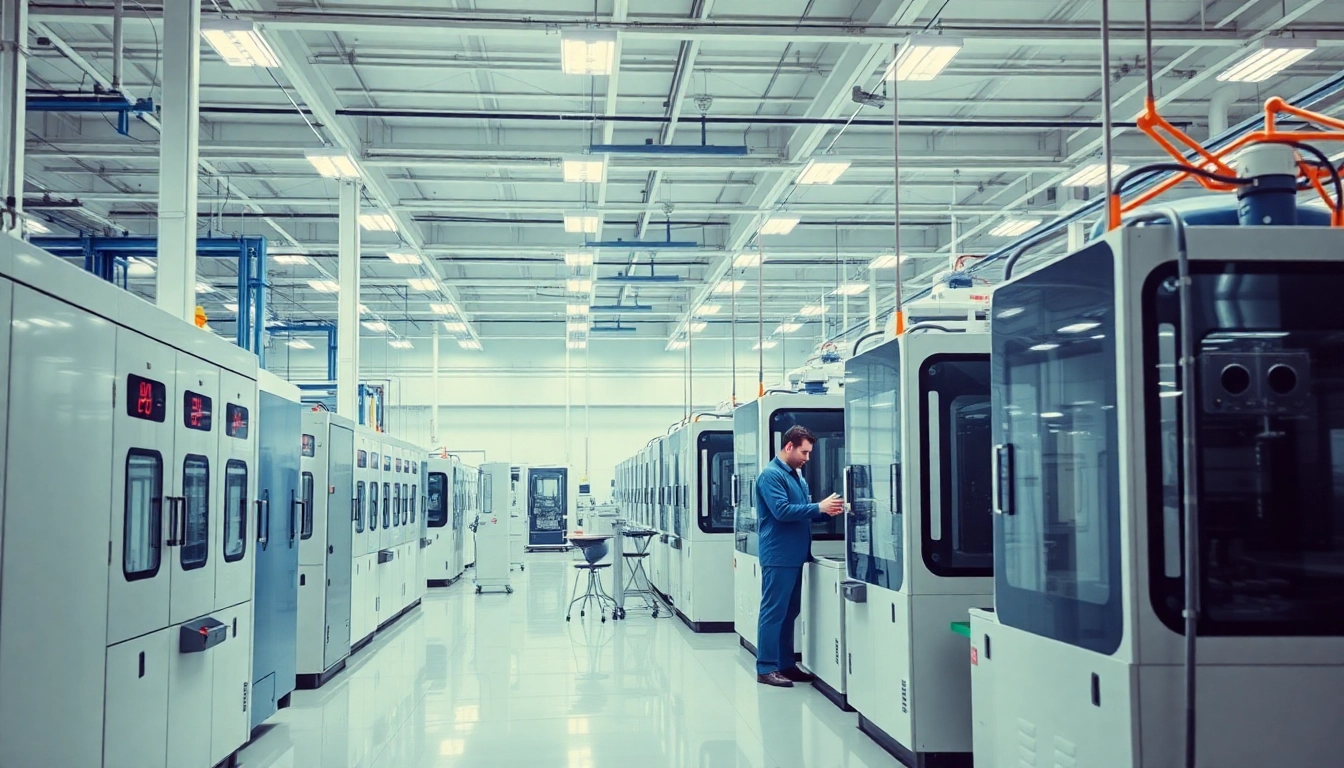



Leave a Reply